Last Updated on August 2, 2021
Ink & Pixel is a source of pride and joy for me as a writer and as such, I'm always striving to take this column further for those who read and enjoy it. In an effort to widen the reach of our continuously growing fanbase, Ink & Pixel has been granted permission to broaden its horizons with the inclusion of films from the Horror, Sci-Fi, and Fantasy genres. I hope that you enjoy this bold new direction for the column. Additionally, if you yourself, or anyone you know, helped to make any of the amazing feature films found within this column, I would love to talk to you to further my knowledge. Please contact me at [email protected] so we can discuss it further.

This Ink & Pixel is dedicated to the memories of:
Wes Craven
&
Steven R. Seigh Sr.
The year was 1984 – just 2 months shy of my 4th birthday – when my father introduced me to Freddy Krueger, the man of my dreams. This is how it happened: my Mom was out of town visiting friends, when my dad got an invite to join a buddy of his at our local theater for a screening of a new, disturbing horror flick. My dad – an unabashed horror fanatic, and a man ready and, willing to handle any backlash he might receive as a result of his questionable parental judgment – packed my seven-year-old sister and I a lunch, and we were on our way! That's how A NIGHTMARE ON ELM STREET (1984) came to be my first-ever theater-going experience.

Sadly, on August 30th, 2015, the legendary director of this brilliantly terrifying film, Wesley Earl Craven, succumbed to brain cancer. Craven made his directorial debut with the cult smash THE LAST HOUSE ON THE LEFT, and then went on to establish timeless film projects such as THE HILLS HAVE EYES, as well as the SCREAM and A NIGHTMARE ON ELM STREET franchises. Never a stranger to dreaming big, Craven tackled several genres throughout his career. If horror's not your thing, you can check out Wes' action-thriller RED EYE, or perhaps his music-related drama MUSIC OF THE HEART. Whichever you chose, you'll be treated to a work of film-making brought to you by a man who lived to thrill his audience, and in many ways helped to shape the landscape of the horror genre for generations to come.

There's a part of me that feels as if this film needs no introduction, but in the interest of tradition, I'm going to break it down for you. Wes Craven's A NIGHTMARE ON ELM STREET (1984) was unleashed into theaters on November 9th, 1984. This supernatural slasher movie, starring the talents of Heather Langencamp, John Saxon, Ronee Blakley, Amanda Wyss, Jsu Garcia, a first-time-acting Johnny Depp, and Robert Englund as the film's formidable dream master, captured the fears and imaginations of audiences everywhere. In fact, following the film's release, countless amounts of moviegoers had stated that they themselves had been visited by Krueger, unable to shake his iconic laugh and overall terrifying presence from their over-active minds.

A NIGHTMARE ON ELM STREET (1984) features a group of teenagers become targets of – and fall victim to – a deranged serial killer who haunts and murders them in their dreams. As the story continues, and the body count rises, Nancy (Heather Langencamp) and her friends fight to stay awake while attempting to uncover the mysterious origin of their shared and relentless dream killer, Freddy Krueger. It's only when the teens discover that a vengeful crime from their parents' past might be the cause of their all-to-fatal nightmares, that they begin to learn how best to defeat the burned, razor-fingered demon hoping to lay them down to sleep for the last time.

In a special presentation about the making of A NIGHTMARE ON ELM STREET (1984), entitled Never Sleep Again, Wes Craven had this to say about his unique source of inspiration for the film's unconventional landscape and story:
“Nightmare on Elm Street, as a story, seem to have its roots in these articles in the Los Angeles Times. The first article was about a young man, Asian decent, dying in the middle of a nightmare. He and the family had come out of relocation camps in Southeast Asia, during the time of Pol Pot, when hundreds of thousands of people had been slaughtered. A year later there was a second article. Then, about six months later, the third, and the third one just got me. That was a young man whose father was a doctor. They had come out of relocation camps. He was having nightmares, and then he was telling his family that: “There's something after me, and I”m afraid if I don't stay awake it will kill me.”

This kid decided he was going to stay awake. Sleeping pills the father had been demanding that he take were found, under his pillow, he hadn't taken any. And he had a coffee pot in his closet full of black coffee, with a long extension cord that he had hidden behind curtains. They were all in the living room watching a movie and he fell asleep. They carried him up the stairs and put him to bed. And everyone goes, “Thank God.” Everybody goes to bed. In the middle of the night they hear screaming They run into his room and before they can get to him he is dead.”
“Oh man, I've got to do a movie about that.”, says Wes.

Additionally, Craven also talks about his fascination with the land of dreams, and how they provide his nightmare killer with a bizarre environment in which to stalk his prey:
“Since I was in college I've been writing down dreams and remembering my dreams – so I was kind of familiar with the whole landscape. I've always felt like nightmares are the horror movies of the psyche. Conversely, horror films are kind of the nightmares of a culture. They talk about things that our normal rational mind or our polite society doesn't really want to bring to the dinner table. I was trying with Nightmare of Elm Street to think in archetypes. It was very much built on a system of kind of archetypal thinking and nightmares.”

Not only was the premise for A NIGHTMARE ON ELM STREET (1984) spurned from tales of real-life terror, but so were aspects of Freddy's character design. Continuing on with the inspirations, Craven shared the following:
“By that time, Halloween had come out, and Friday the 13th had come out. They both were very powerful and successful films that had somebody in a mask. At a certain point I thought, kill him with fire, and he can have a mask of just scar tissue and yet he'd be able to be articulate. Freddy, the name, was the name of a kid who used to beat me up quite frequently. Krueger: it sounded very German, and reminded me of one of the big war plants in Nazi Germany. And also, it was an extension of Krug, who was the lead character of Last House on the Left. Freddy's hat was exactly the hat of a man who scared me when I was a little kid. Who, I think, was a drunk walking down the street. He just somehow knew I was there. And he stopped and he looked right at me and just held that. It scared the shit out of me.”

Now, this next bit I've known about for quite some time, but I still find if fascinating. Listen to this:
“His [Freddy's] sweater colors were out of an article I read in Scientific American that these two colors were the most difficult for the human cornea or human eye to put side by side.”
And in regard to Krueger's iconic razor-fingered glove, Craven stated that he'd one day spied their family cat stretching out, its sharp claws then reaching toward the far end of the room. For what was an ultimately harmless gesture on the part of the feline, it served to send chills down Craven's spine at the thought of those claws being much longer under the control of a psychotic killer.

When it came time to deciding how best to approach the scarred, tortured look of the Freddy Krueger character, Wes looked to David B. Miller for help. To start, David used factual hospital study files involving middle-aged male burn victims to create five different sculptures, each depicting a man who'd been burned to an almost unrecognizable degree. After presenting his ideas to Wes, the two men then pieced together the final design using different aspects from each model. Englund's makeup process took roughly 3 hours to complete, each and every day during the film's production. A total of 11 different pieces needed to be glued onto his face, each one positioned quite carefully so as to provide Englund with enough freedom to perform the dream killer's dramatic physical characteristics.

Amazingly enough, there are roughly 80 effects driven scenes contained within this 90 minute film. I could inform you as to how each of them was achieved, but there's a chance that after everything I've already detailed you'd fall asleep, and we don't want that now, do we? With that in mind, though, I strongly urge any of you looking to learn more about this monumental film to seek out the various behind-the-scenes specials that each dive deeply into the magic that has established A NIGHTMARE ON ELM STREET (1984) as a pioneering film project for the ages.

I'm thrilled to say that at the time of the film's release, A NIGHTMARE ON ELM STREET (1984) was a tremendous hit, and managed a combined box-office total (including receipts from America, Europe, Canada and Australia) of $25,504,513! I know that doesn't seem like a lot by today's standards, however, when you take into account that the film was made using a budget of just $1.8 million, I think you'll see why the studio got really excited about this one. Not only was the film a formidable success, it also launched the career of one of Hollywood's most iconic characters throughout horror film history. To date, Krueger has appeared in a total of 9 feature-length films in addition to starring in his own anthology horror series entitled FREDDY'S NIGHTMARES.

In the past, I've received questionable looks when I tell people that I grew up loving the character of Freddy Krueger, or that I was raised while living in a home with no restrictions placed on the film-related entertainment my sister and I were permitted to consume. The fact of the matter is, that from a very young age, the magic behind the art of horror film-making was valued and explained to me by my loving parents. Visionaries like Wes Craven, John Carpenter, Toby Hooper, Stanley Kubric and others were each celebrated for their genius by way of our family film nights. Classics such as THE SHINING, THE THING, and eventually THE TEXAS CHAINSAW MASSACRE were always on-hand and ready to give us nightmares.

Wes Craven's A NIGHTMARE ON ELM STREET (1984) stands as one of my favorite films of all-time. I owe a great and many thanks to Wes Craven, his nightmarish imagination, and all of the talented people who helped his dreams become a reality on-screen. I'm not ashamed to say that I still have nightmares in which Freddy makes an often dramatic entrance. However, as the years have gone by, it's become less about being haunted by his presence and more like seeing an old friend. Hey, who knows, maybe he's already managed to find my late father – if only to ask him, “What the hell were you thinking, man?”






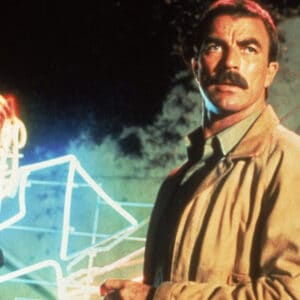
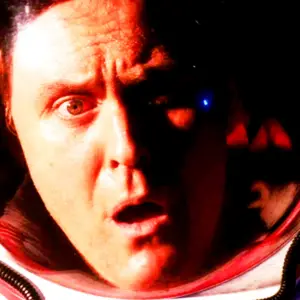

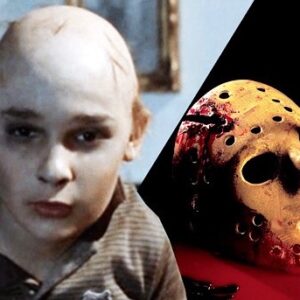



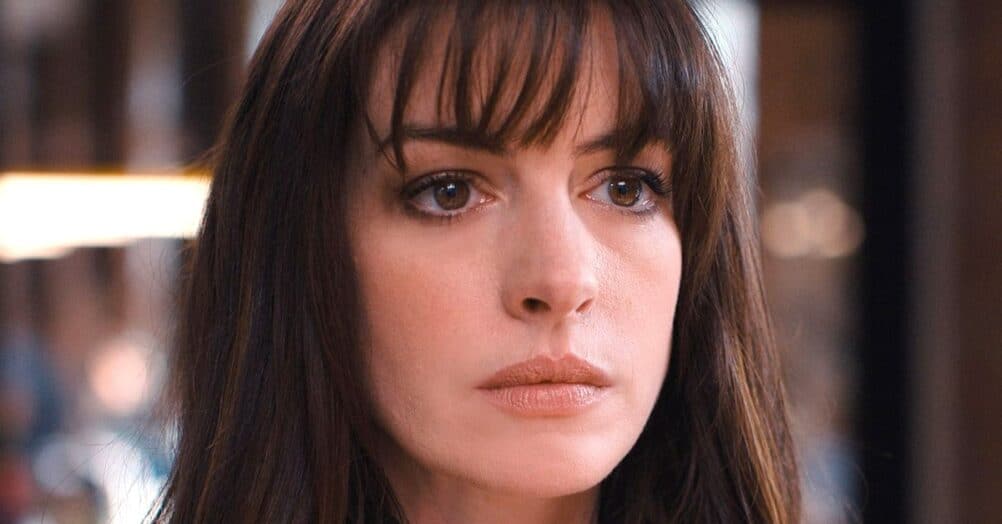

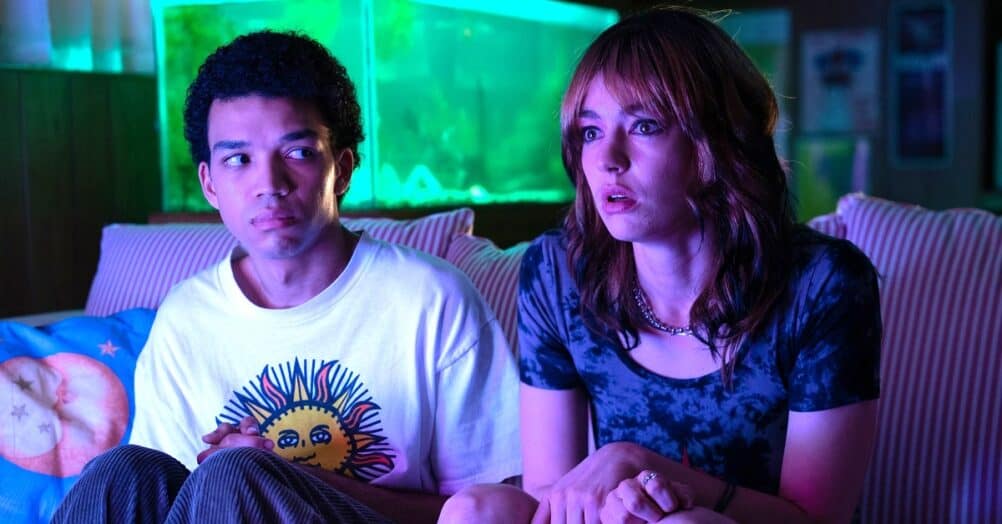


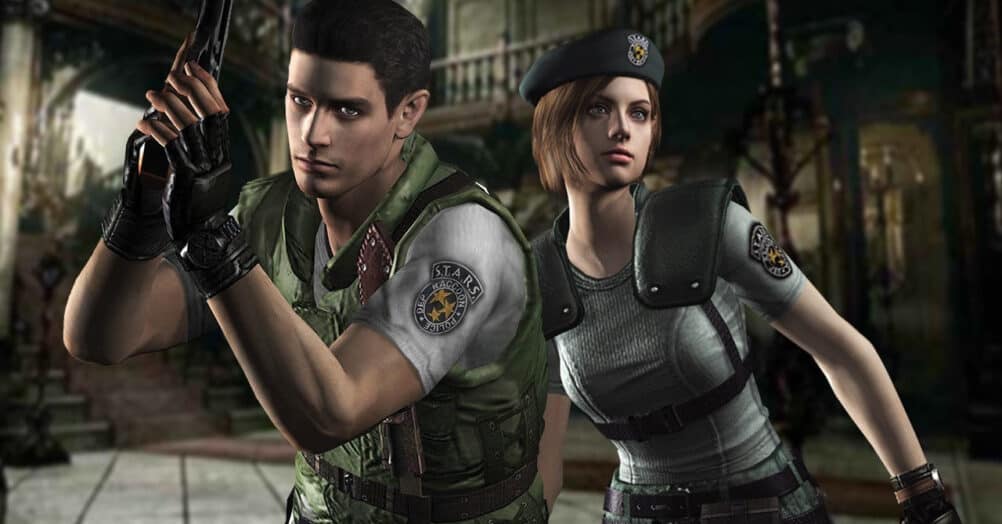

Follow the JOBLO MOVIE NETWORK
Follow us on YOUTUBE
Follow ARROW IN THE HEAD
Follow AITH on YOUTUBE